Name William Dick | ||
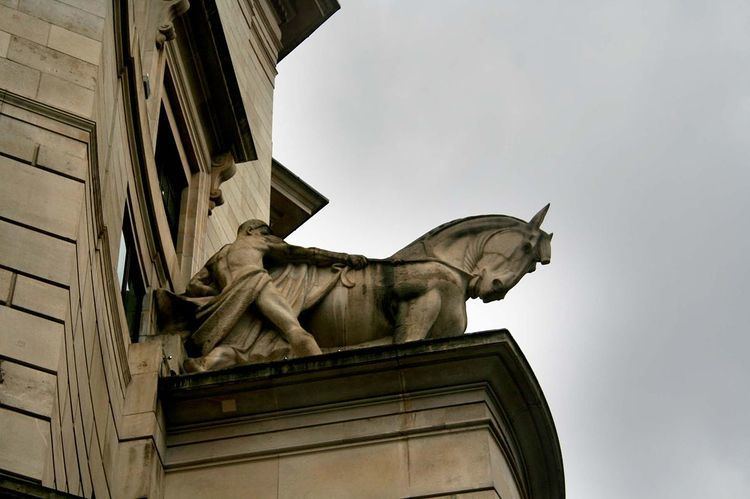 | ||
Died 1961, Maida Vale, London, United Kingdom | ||
Camera interviews mr william reid dick a r a r b s the sculptor 1926
Sir William Reid Dick (1879–1961) was a Scottish sculptor known for his innovative stylisation of form in his monument sculptures and simplicity in his portraits. He became an Associate of the Royal Academy in 1921, and a Royal Academician in 1928. Dick served as president of the Royal Society of British Sculptors from 1933 to 1938. He was knighted by King George V in 1935. He was Sculptor in Ordinary for Scotland to King George VI from 1938 until his death.
Contents
- Camera interviews mr william reid dick a r a r b s the sculptor 1926
- Last Post Bushey War Memorial 13112016
- Early life
- War service
- Life after military service
- Other work
- References
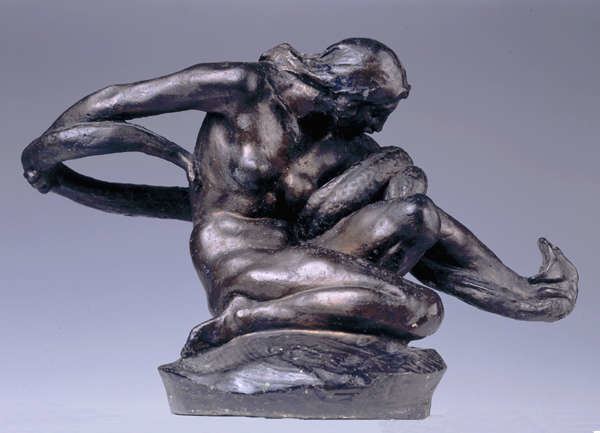
Last Post - Bushey War Memorial 13.11.2016
Early life
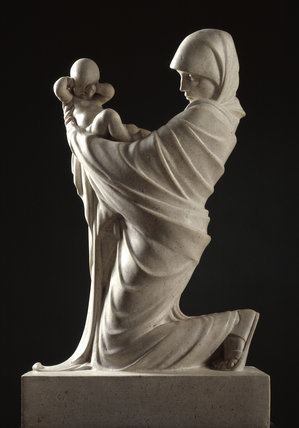
Born in Glasgow, Dick was apprenticed to a stonemason at the age of twelve and during the next five years he learned to carve stone at work, and at night took drawing and modelling classes. He completed his apprenticeship in 1896. In 1907, he graduated from the Glasgow School of Art and accepted a teaching position at Bellshill Academy in Lanarkshire. By 1908 he was living in London and exhibiting in galleries and took evening classes at South London Technical School of Art whilst working for the sculptor Edwin Whitney-Smith.
War service
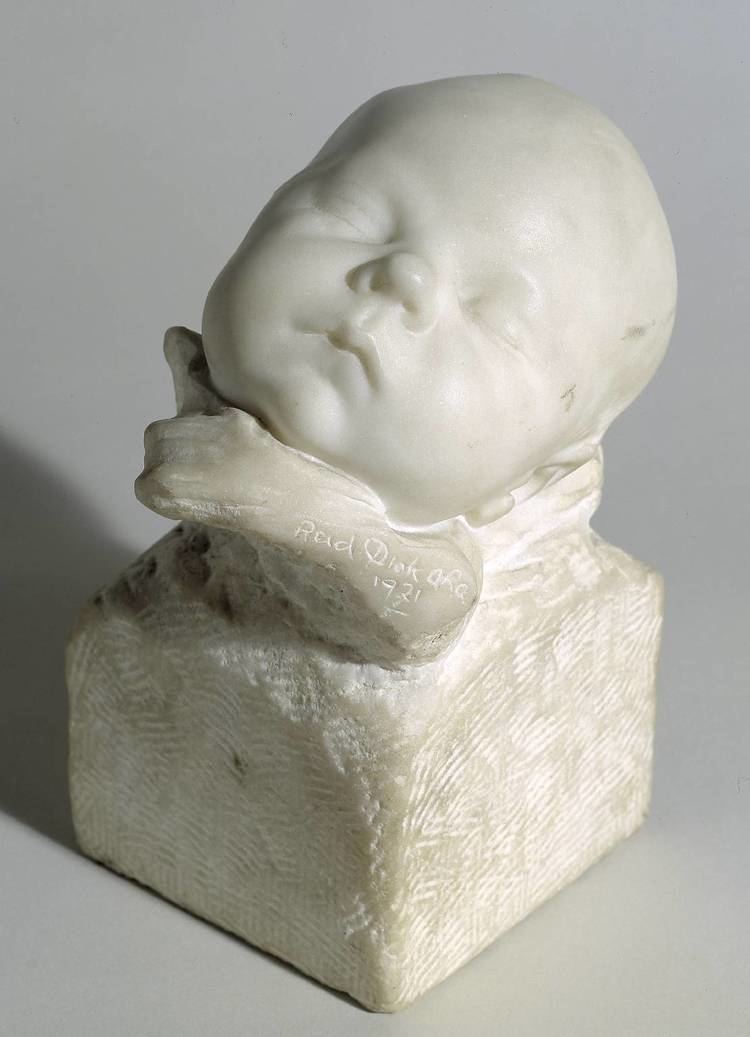
In September 1914 with his reputation as a sculptor growing, Reid Dick joined the Territorial Army and from 1915 to 1919 served with the Royal Engineers in both France and Palestine. Reid Dick's Service Record has fortunately been preserved as part of the "Burnt Records" series at the National Archives in Kew and can be found under reference WO 363/MIS-SORTS 34/52. From this file we learn that when Reid Dick signed up on 1 September 1914 he joined the 5th London Field Ambulance section of the Royal Army Medical Corps with regimental number 1752. He was 34 years and 4 months of age and gave his address as 1 St John's Wood Studios, Queens Terrace, St John's Wood. His wife Catherine was shown as "next of kin". Reid Dick subsequently transferred to the 3rd Army Field Survey Co, part of the Royal Engineers and then the 7th Field Survey Co. He was in this period allocated regimental numbers 536331 and 244831. He was described as a photographer with the 7th Field Survey Co. His Army Service record shows his profession as "sculptor". We can also view his Medal Index Card under reference WO 372/6-52934/2976 [1]. We see that he was awarded the 1915 Star and the British and Victory Medals. Interesting to note that his medals were engraved with the Royal Army Medical Corps shown as his corps rather than the Royal Engineers.
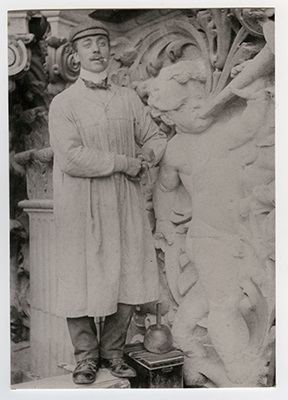
Whilst in the trenches Reid Dick did many small carvings from chalk. A story is told that a padre, touring the trenches, saw Reid Dick at work, and by way of a compliment told Reid Dick that he might well consider taking up carving as a hobby. As we now know William Dick Reid was to become a foremost sculptors.
Life after military service
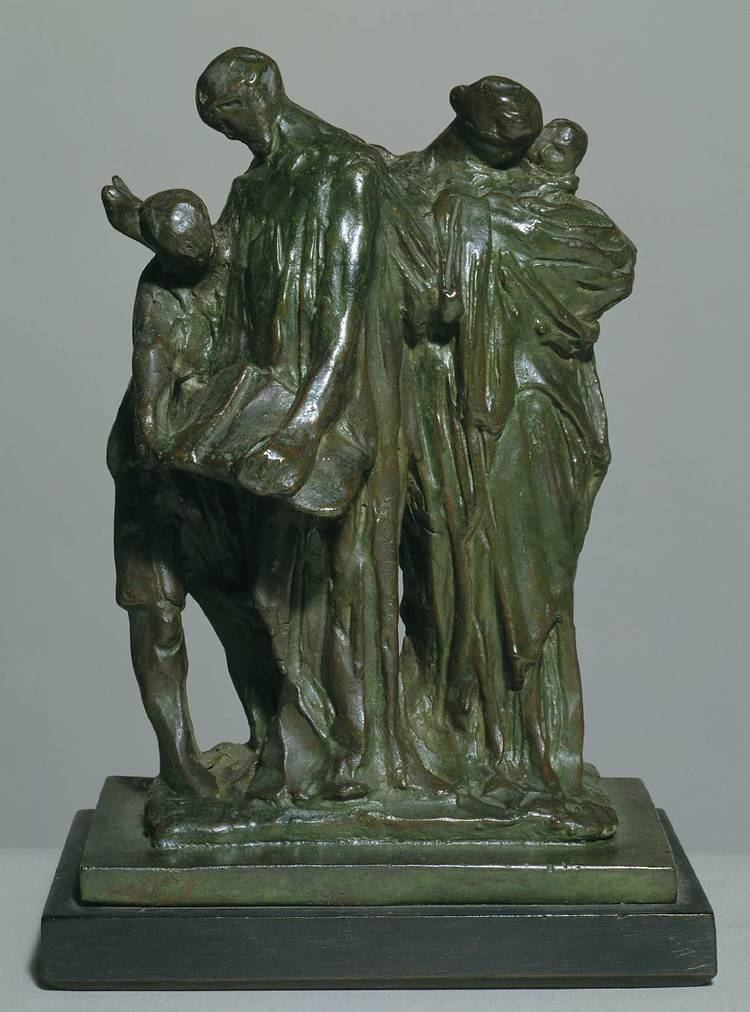
Dick did indeed fulfil the padre's prophecy and produced several superb works. Reid Dick designed several war memorials and received a major commission for the Kitchener Memorial Chapel (1922–25) in St Paul's Cathedral, London. The focal point of his design for the chapel was a Pièta, which won a gold medal at the Paris International Exhibition of Modern Decorative and Industrial Arts in 1925. This work secured his reputation and election to the Royal Academy. Throughout his career, Reid Dick worked tirelessly both in the studio and serving on numerous committees, among these the Royal Fine Art Commission (1928–42), the Royal Mint Advisory Committee (1936–53), and the Board of Trustees of the Tate Gallery (1934–41). In addition he was President of the Royal Society of British Sculptors between 1933–37.

His archives are held by the Tate Gallery and he was buried in St. Paul's Cathedral, London.
Other work

Reid Dick was also the sculptor of-

